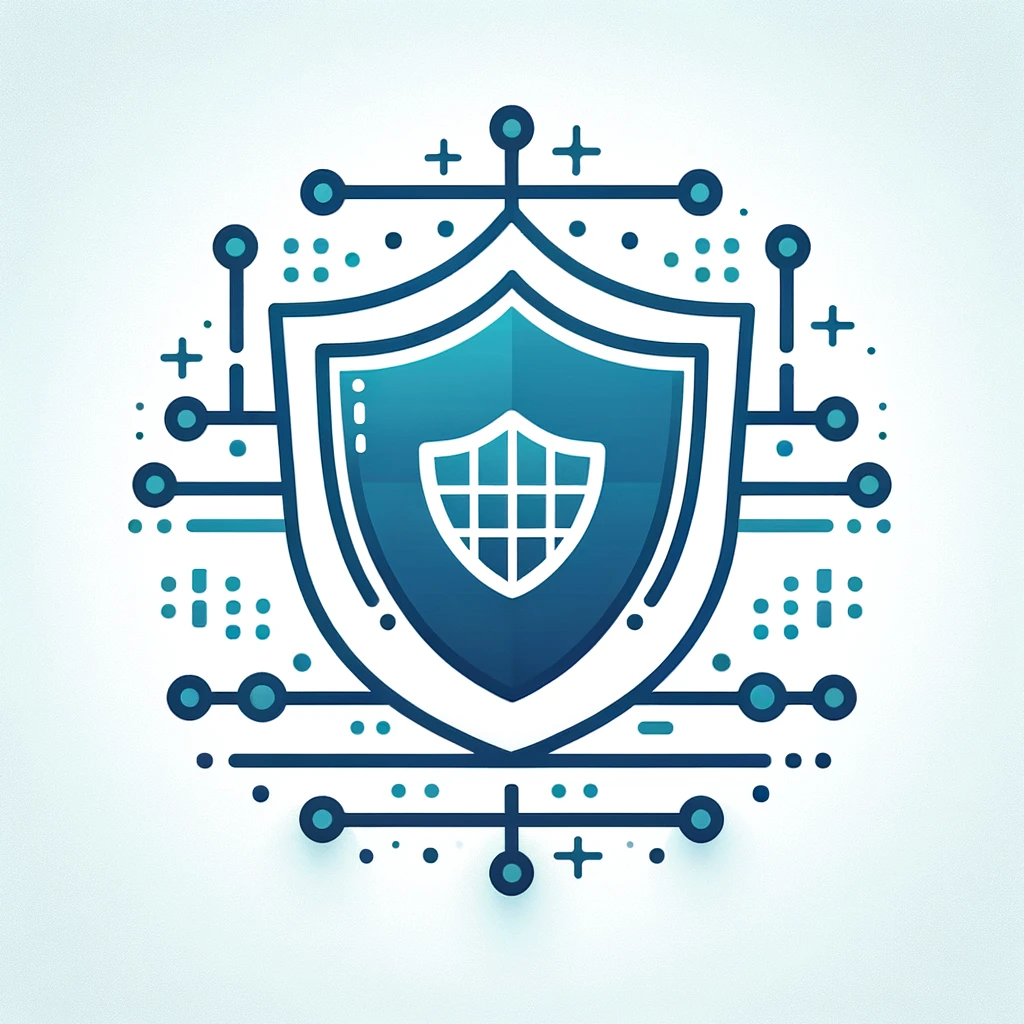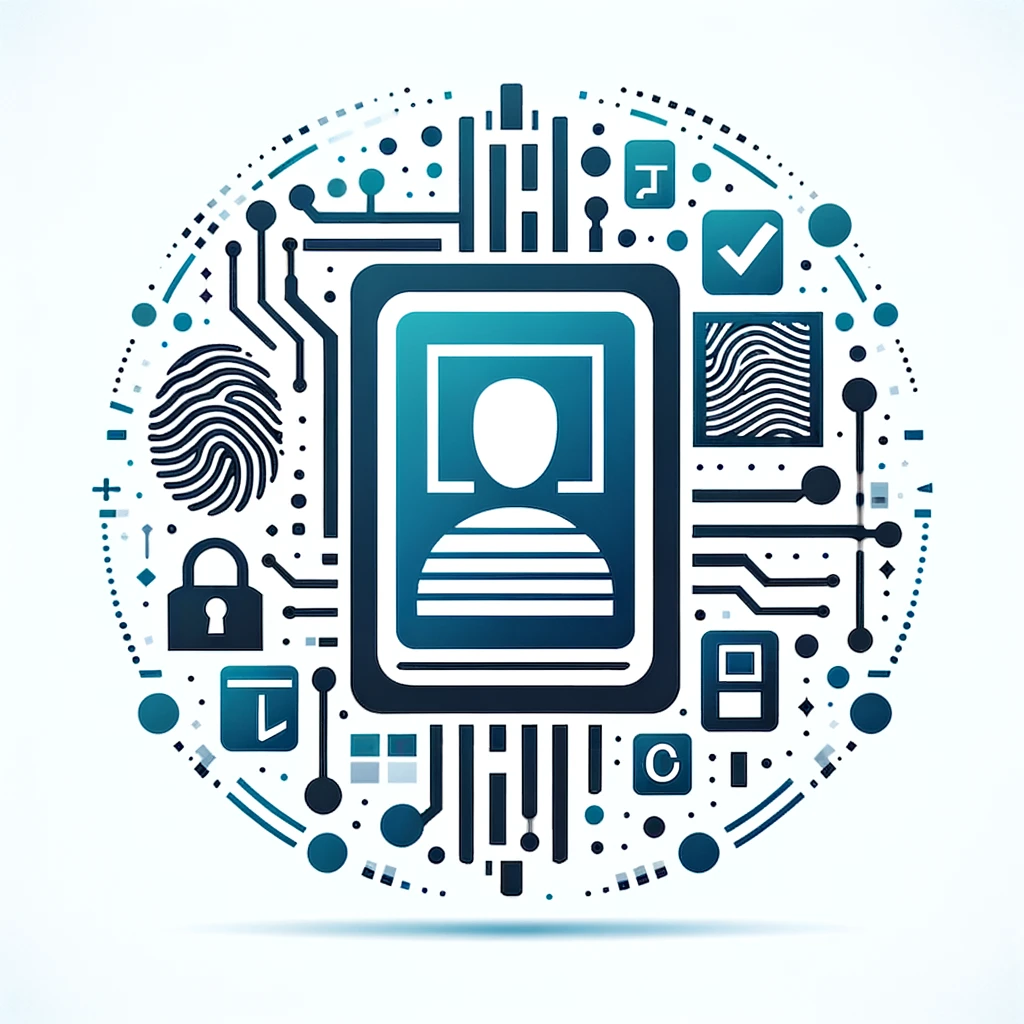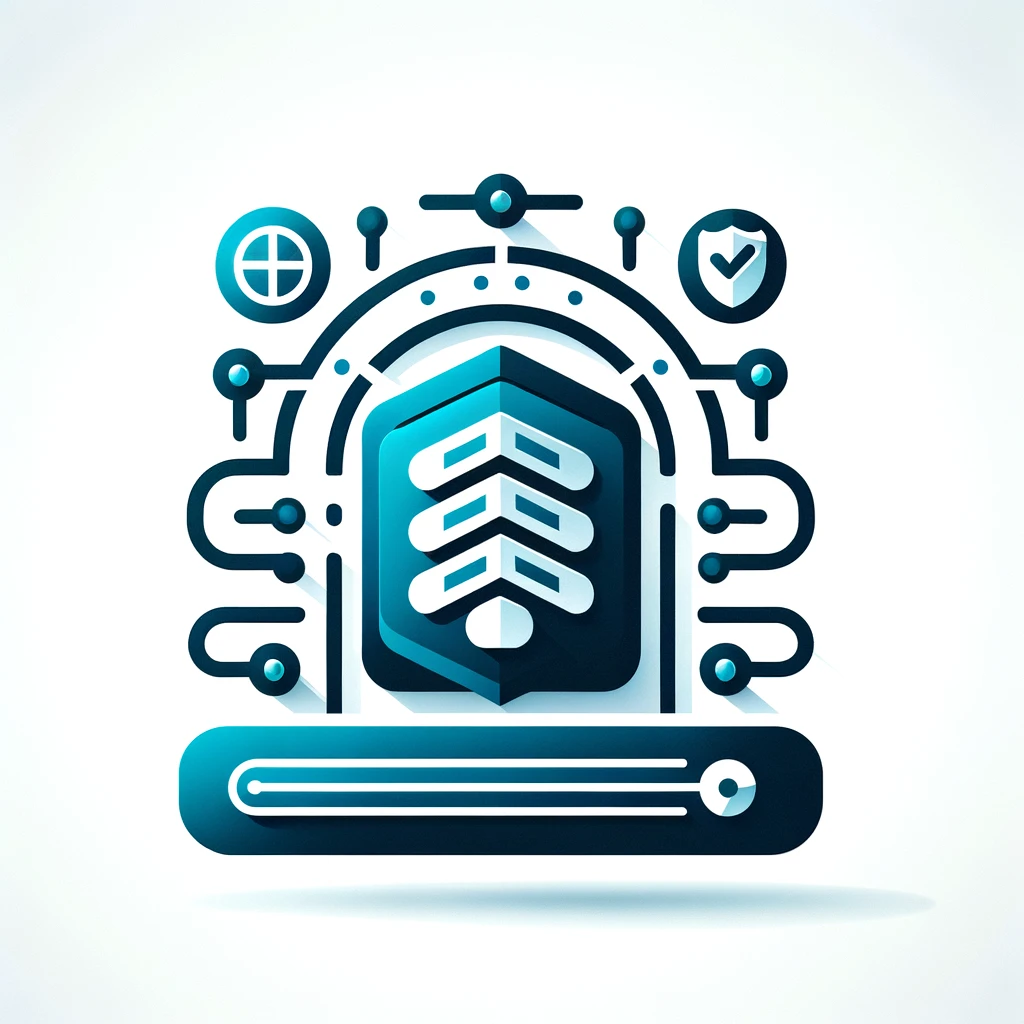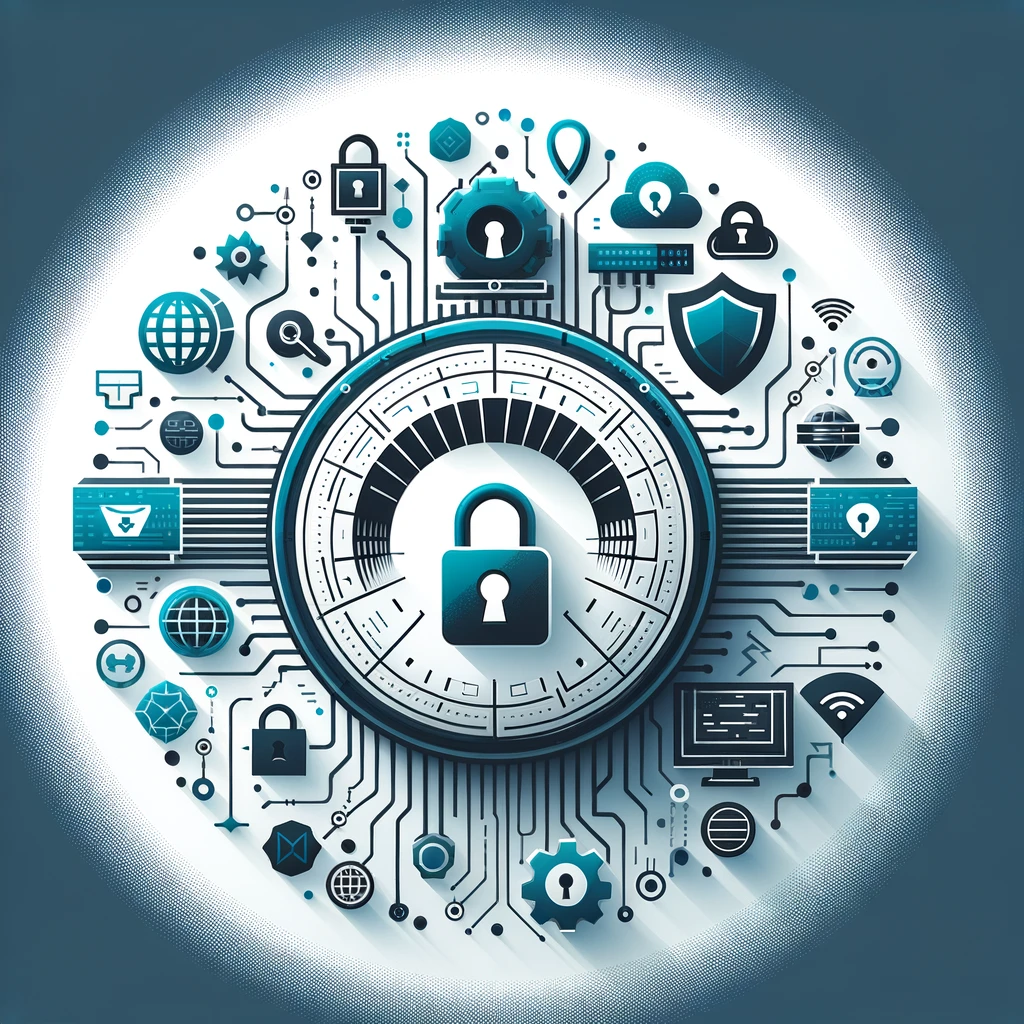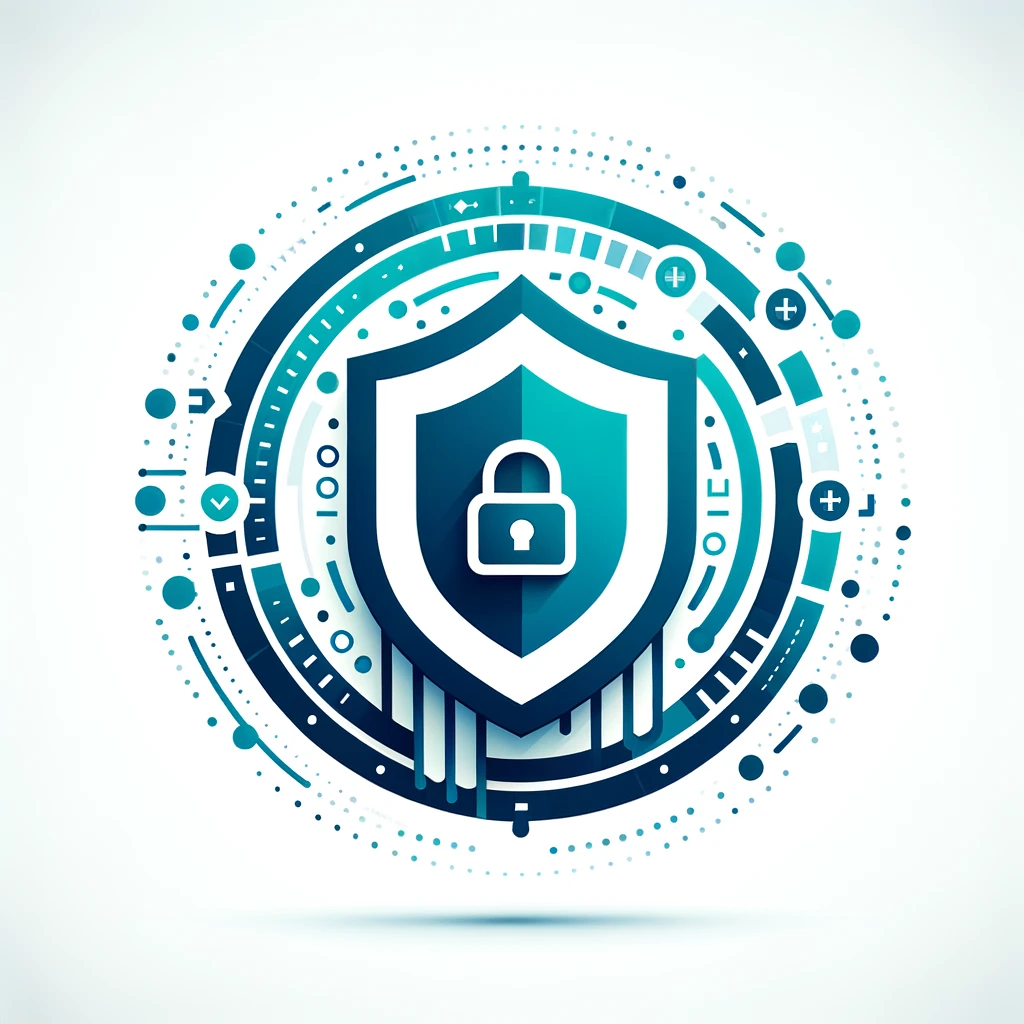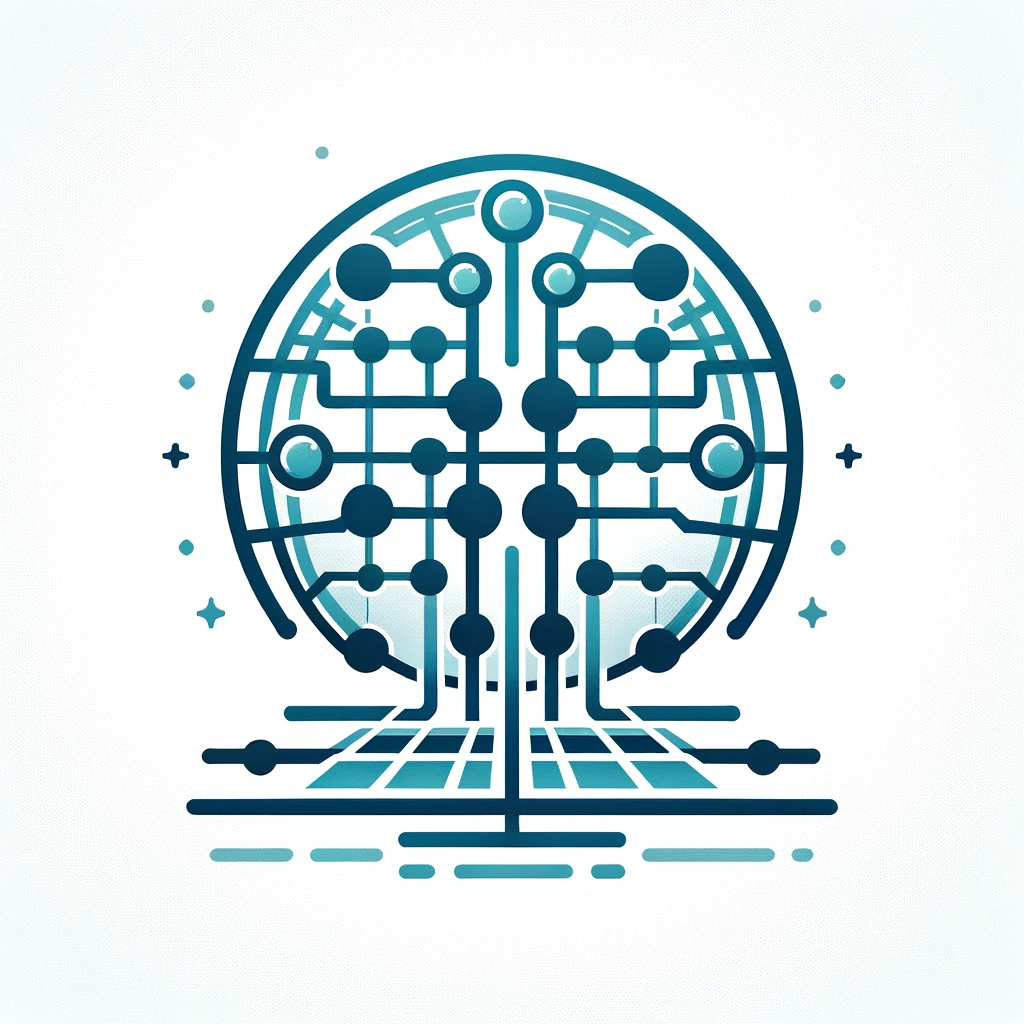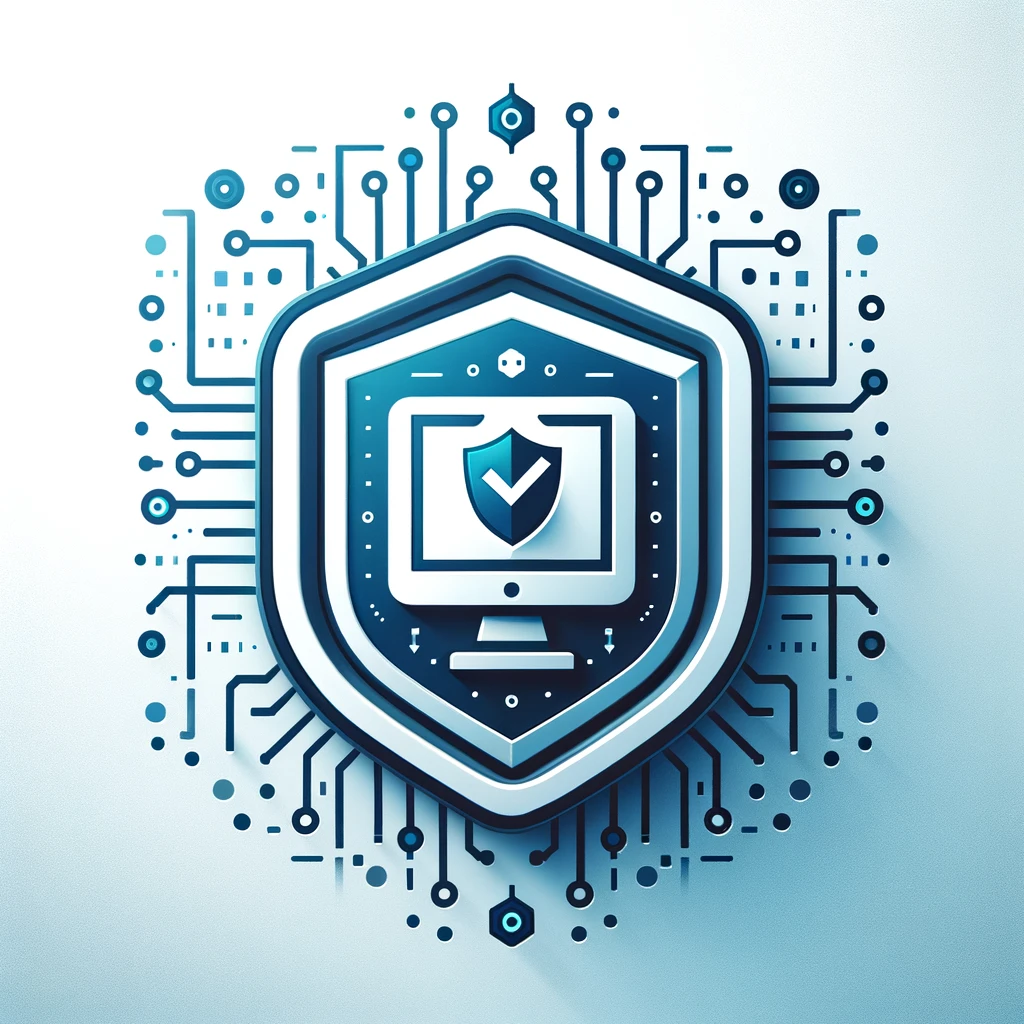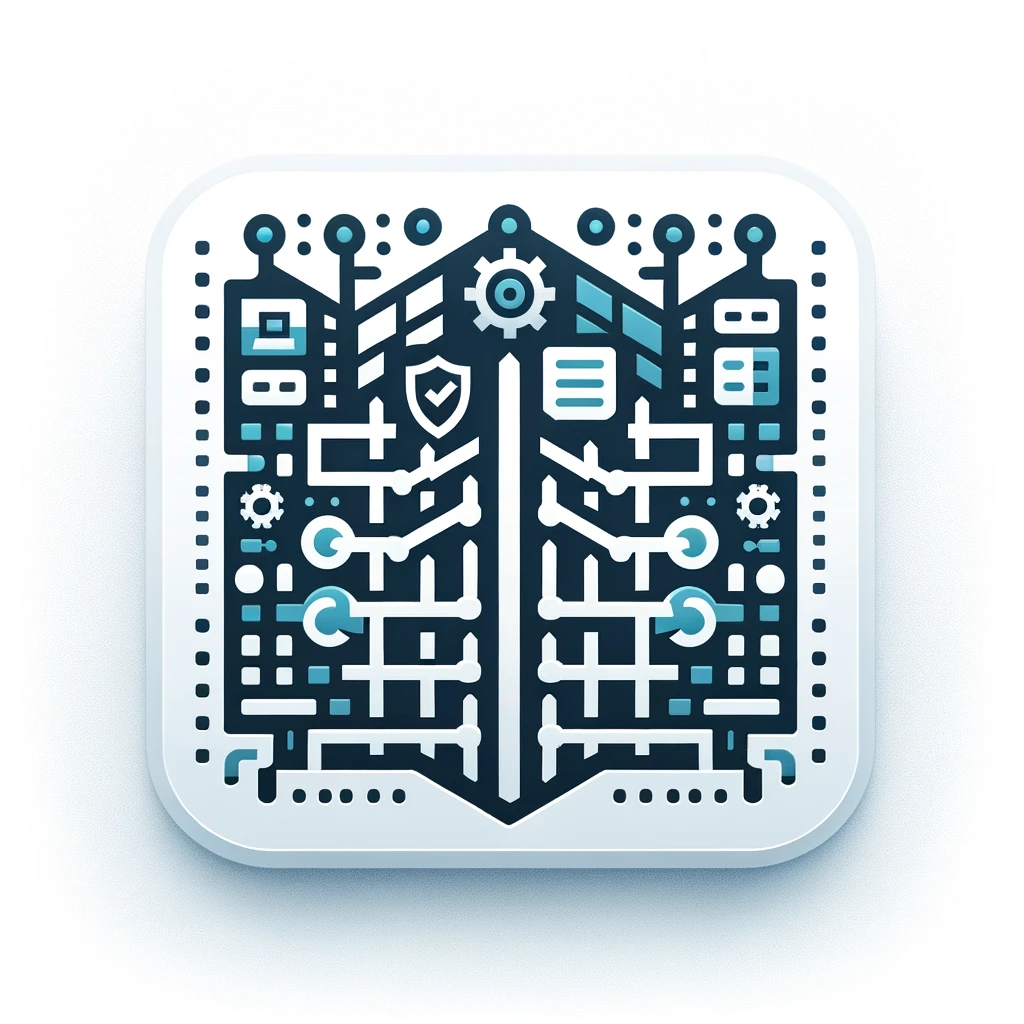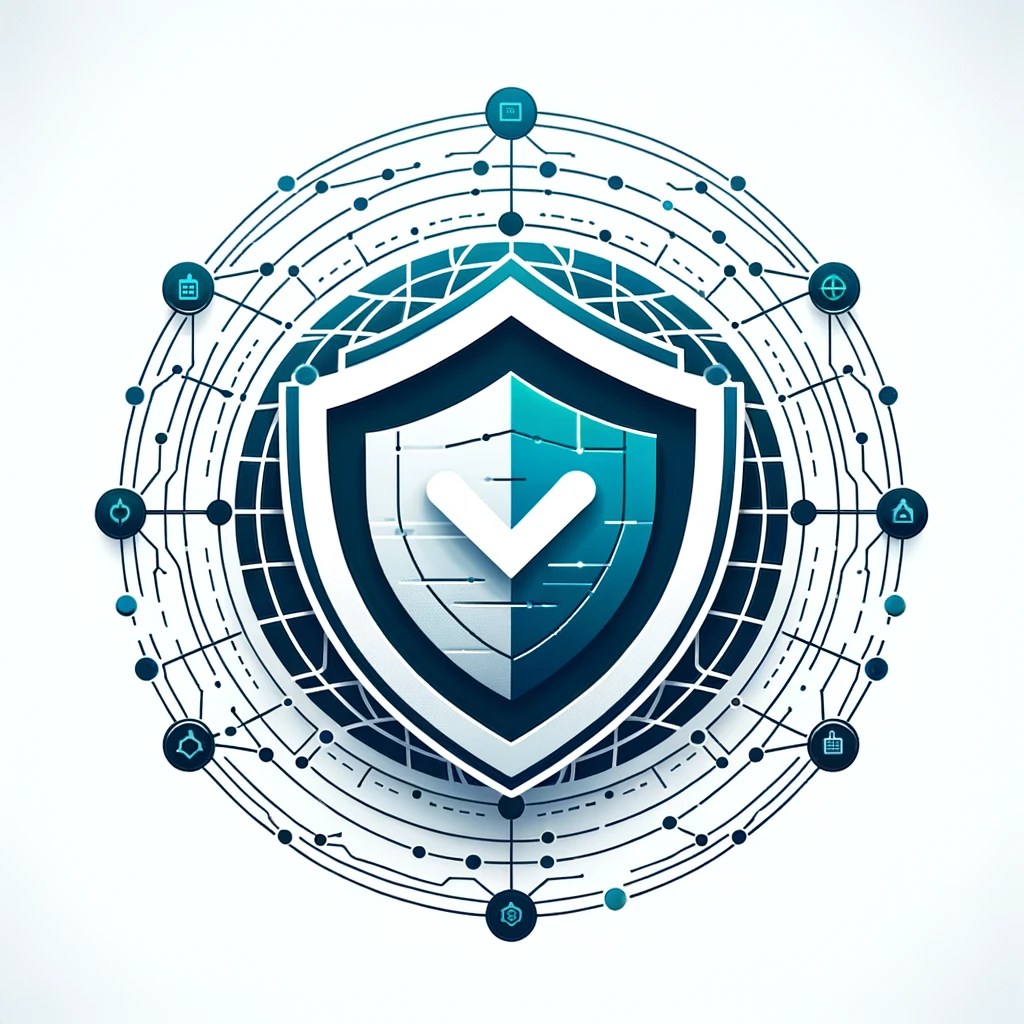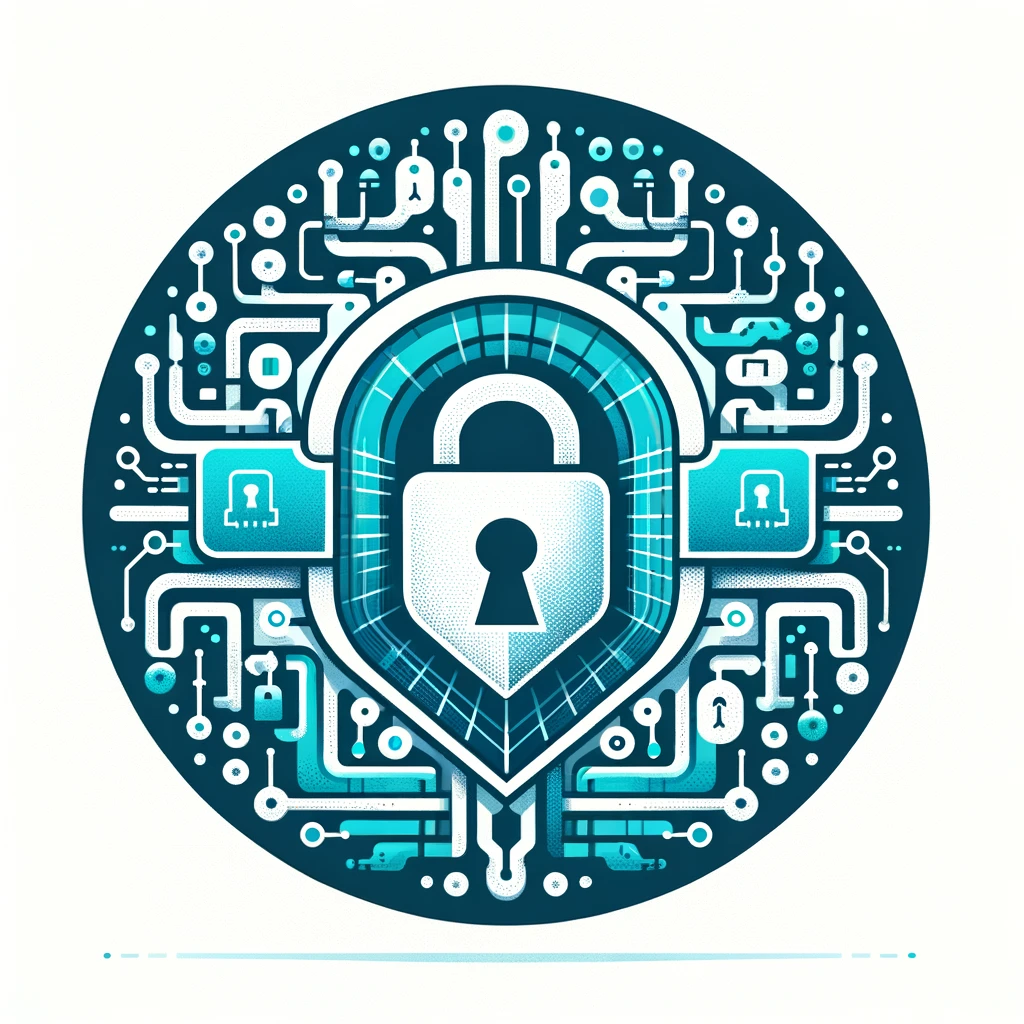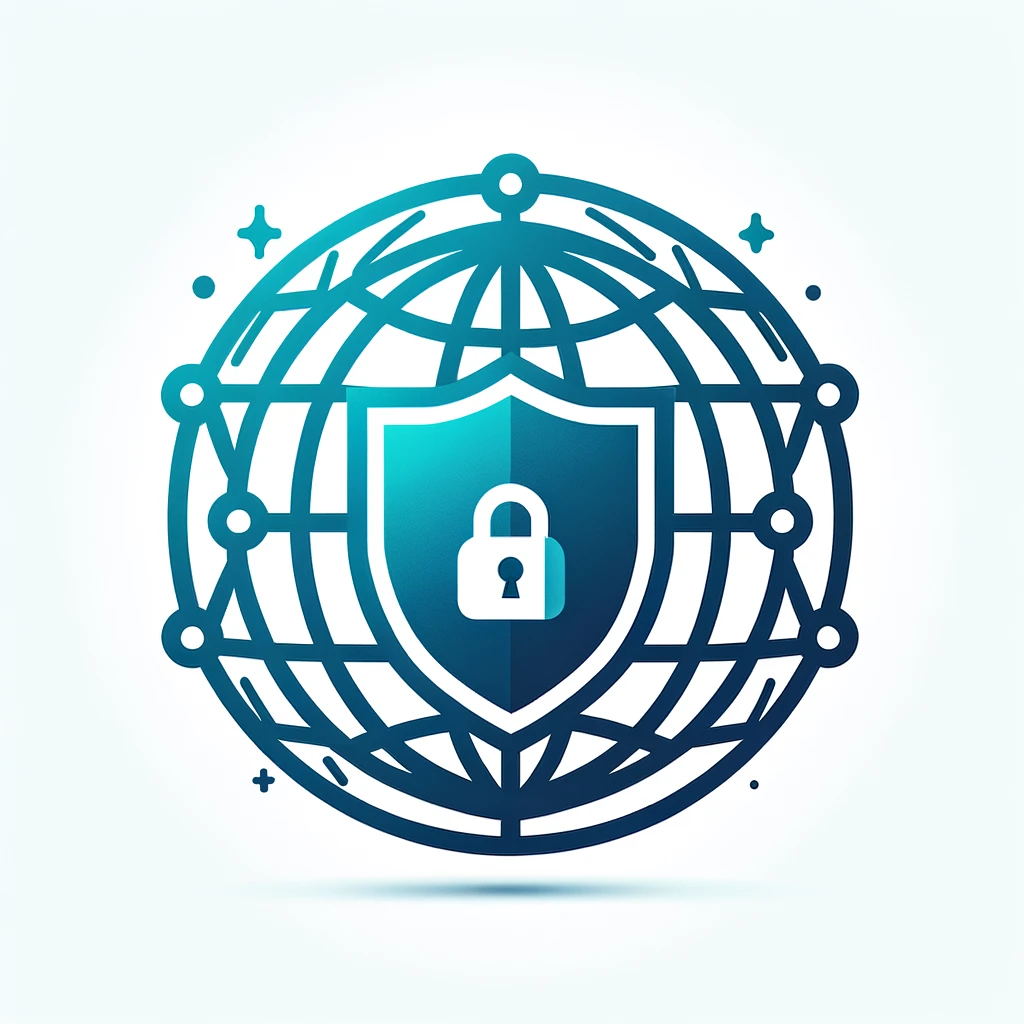SonicWall
Strengthen your network with SonicWall
SonicWall provides comprehensive cybersecurity for the age of hyper-distributed IT in a work reality where everyone accesses data from mobile devices or from the home office. SonicWall equips organisations for this new normal of business with seamless security solutions that defend against covert cyberattacks across the myriad of endpoints, devices and cloud applications. Increasing mobile and remote access is creating cybersecurity gaps for enterprises, governments and SMBs. SonicWall closes these gaps with cost-effective security solutions that enable threats to be predicted, detected and combated in real time.
Wireless Infrastructure
Wireless infrastructure, refers to the hardware, software and protocols that make up a wireless network. It includes devices such as routers, access points and other devices that enable wireless devices (such as smartphones) to communicate with each other and with wired networks. Wireless infrastructure is typically used to provide connectivity and access to the internet or other networks without the need for cables or wires. In addition to connectivity, wireless infrastructure can often provide other services such as security and location tracking. Wireless infrastructures are used in a variety of environments, from homes and offices to public spaces such as airports and shopping centres.
DDoS Protection
DDoS protection can be used to protect against so-called distributed denial-of-service (DDoS) attacks, in which a large number of infected systems are maliciously used to attack a single target. The target system is usually unable to handle the large amount of requests and is therefore no longer accessible to its users; the flood of incoming messages forces a shutdown of the system and therefore also of the services provided to legitimate users via this system.
Identity & Access Management
Identity management refers to the targeted handling of information relating to identity, pseudo-anonymity and anonymity. One of the reasons why companies are concerned with identity management is the requirement to keep personal data consistent, constantly available and reliable. The complexity of one’s own identity and its disclosure via the Internet has become increasingly important, particularly against the background of unauthorised data use.
Single Sign On (SSO)
Single sign-on (SSO) is an authentication process for a user’s session. It allows a user to enter a name and password to gain access to multiple applications. The process authenticates the user for all applications to which they have been granted access. There are no further prompts for identification. This allows the user to conveniently switch back and forth between applications in one session.
Application Layer Gateway
Application layer gateways are placed between the secure and insecure network; a proxy server is set up on them for each service to be monitored, which, unlike packet filtering, can be used to monitor the content. In this way, active content such as ActiveX controls or Java applets can be filtered out of HTML pages or the e-mail can be scanned for viruses.
Cloud Access Security Broker (CASB)
Cloud apps should be accessible as flexibly and easily as possible, preferably from any location with internet access and from any end device. However, it is precisely this simplicity of cloud access that often makes it easy for unauthorised third parties to access cloud data and misuse cloud apps. Among other things, cloud access security brokers ensure that network traffic between on-site devices and the cloud provider only takes place in accordance with the organisation’s predefined rules and policies. They are also useful because they provide insight into the use of cloud applications across multiple cloud platforms and can therefore recognise unintended use.
Data Loss Prevention (DLP)
“Data loss prevention” and “data leakage prevention” are usually used synonymously, but some specialists also differentiate between them in technical discussions: “Data loss prevention” is protection against the unwanted outflow of data that causes damage and is also noticed, while “data leakage prevention” stands for protection against the suspected but unmeasurable and sometimes undetectable passing on of information to unwanted recipients.
Endpoint Security-Firewall
Modern firewall systems now offer a much broader range of integrated features in addition to the conventional functions of a firewall; firewalls provide everything a security expert needs: Firewall, anti-virus, filter functions for web content and emails, application control and network functions (e.g. routing and load balancing) in just one appliance.
Firewall (inkl. UTM & NG)
Modern firewall systems now offer a much broader range of integrated features in addition to the conventional functions of a firewall; UTM firewalls provide everything a security expert needs: Firewall, anti-virus, filtering features for web content,emails, application control and network functions (e.g. routing and load balancing) in just one appliance.
Network Infrastructure
All solutions required to set up a physical network are summarised under Network Infrastructure; this primarily includes switches and routers. The purpose is, for example, to connect various areas within a building and thus grant network access. Solutions for setting up a wireless network are included in the separate Wireless Infrastructure category.
Network IPS
Intrusion prevention systems (IPS for short) are intrusion detection systems (IDS for short) that go beyond the mere generation of events to provide functions that can also block a detected attack. Network IPS includes all solutions that can provide centralised protection for the company network.
VPN / SSL / ZTNA
A conventional VPN is a virtual, self-contained communication network that uses an existing communication network as a transport medium. It is used to connect participants in the existing communication network with another network. In addition to traditional networking via VPN gateways, SSL VPN is also increasingly being used to connect individual end devices. With ZTNA administrators can granularly control access to internal resources and restrict access based on the client’s health state.


